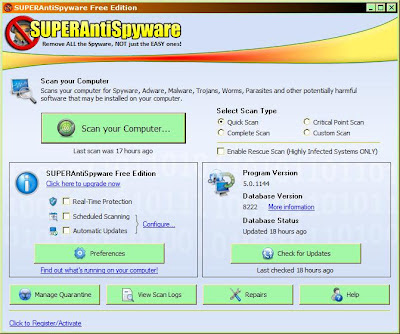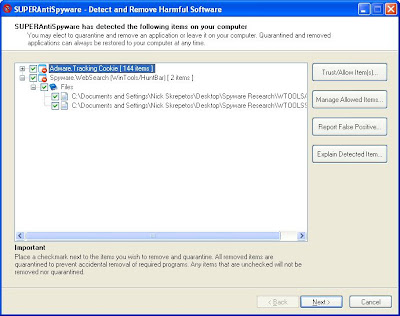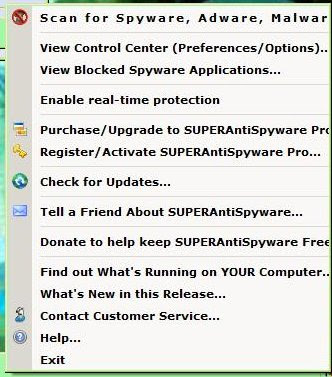Excerpt
RAY SUAREZ (Newshour): ...... new worries over the mobile apps kids are using, and what the apps disclose about their users.
It seems like everyone has them, the ubiquitous applications, apps, for short, on smartphones and tablets, including everything from instructive or educational materials to games.
Children of all ages, armed with these devices, are using apps and raising concerns over privacy.
The Federal Trade Commission is now investigating whether companies that make apps are violating the privacy rights of children by collecting personal data from mobile devices and sharing it with advertisers and databanks. These types of apps can detail a child's physical location or phone numbers of their friends, along with other information.
Yesterday, the FTC issued a new report documenting those concerns. It found, among 400 apps designed for kids, most failed to inform parents about the types of data that could be gathered and who would access it.






















